The rise of electric vehicles (EVs) has brought about significant changes in the automotive industry, with more people embracing clean and sustainable transportation options. As EV ownership becomes increasingly popular, it is essential to understand the intricacies of EV charging. In this article, we will explore the different ways to charge an EV, the speed variations during charging, and the various types of charger plugs available.
What are the different Charging types?
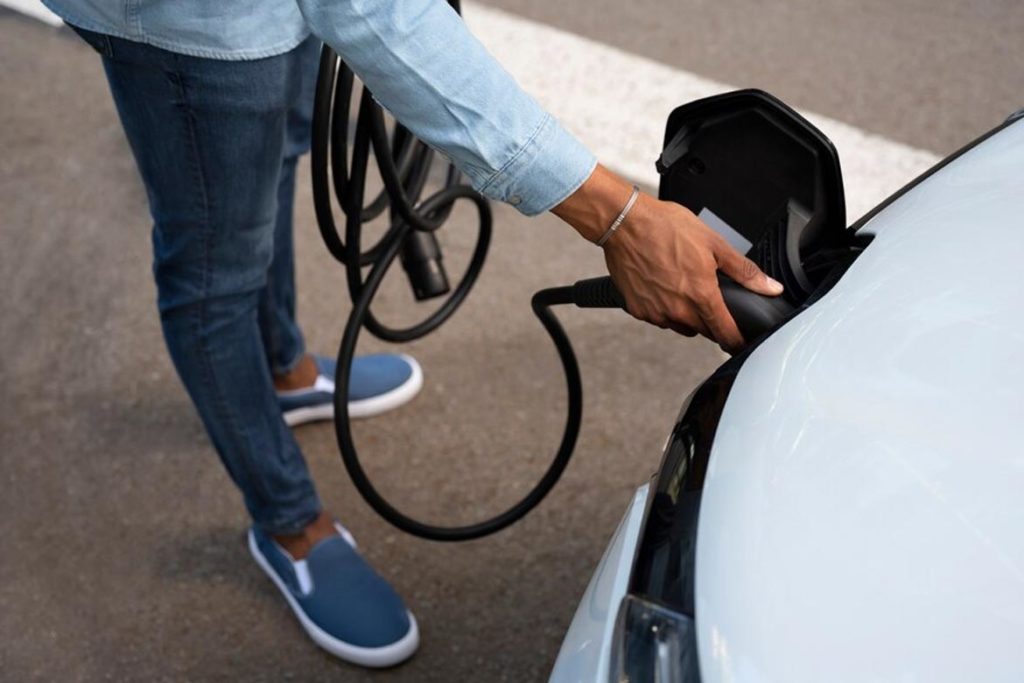
Level 1 Charging:
Level 1 chargers are the simplest and most widely available charging method. They use a standard household 120-volt AC outlet and typically come with the EV when purchased. However, Level 1 chargers are relatively slow, providing an average charging rate of about 4-5 miles of range per hour, making them suitable for overnight charging at home.
Level 2 Charging:
Level 2 chargers are the most common type of chargers found at public charging stations, workplaces, and residential charging installations. They require a 240-volt AC outlet, which allows for faster charging. Level 2 chargers can provide an average charging rate of 10-30 miles of range per hour, significantly reducing charging times compared to Level 1.
Level 3 Charging ( DC Fast Charging):
DC fast chargers, also known as Level 3 chargers, provide high-voltage DC power directly to the EV’s battery, bypassing the onboard charger. This enables much faster charging rates compared to Level 1 and Level 2 chargers. DC fast chargers can provide an average of 60-80 miles of range in just 20 minutes, making them ideal for long-distance travel and quick top-ups during a journey.
Tesla Supercharger:
Tesla Superchargers are a proprietary DC fast charging network designed specifically for Tesla vehicles. They provide higher charging speeds for Tesla EVs and are strategically placed along popular travel routes.
Wireless Charging:
Wireless EV charging, also known as inductive charging, eliminates the need for physical cables by using electromagnetic fields to transfer power between a charging pad on the ground and a receiver on the EV’s underside. While still a developing technology, wireless charging offers the convenience of simply parking over a charging pad for effortless charging.
Differential charging rate of an EV:
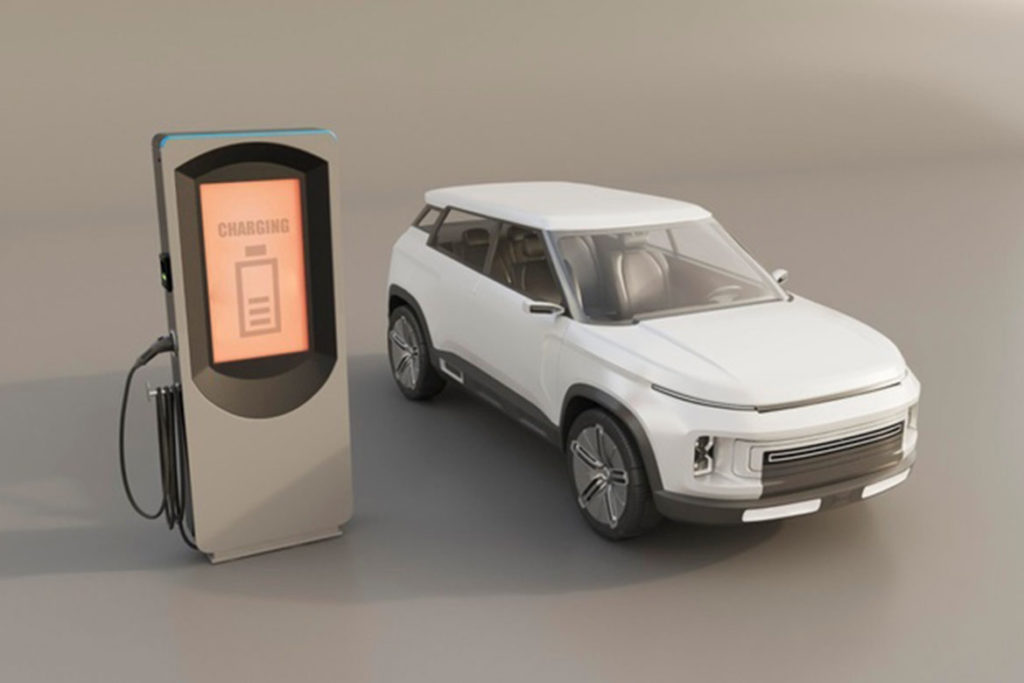
EV charging is not a constant process, and the charging speed varies depending on several factors:
State of Charge (SoC):
Charging speed is fastest when the battery is at a low SoC and gradually slows down as it reaches higher SoC levels. This is known as the “charging curve.”
Charging Capacity:
The vehicle’s charging capacity affects the speed of charging. EVs with higher charging capacities can take advantage of faster chargers, leading to reduced charging times.
Temperature:
Extreme temperatures, both hot and cold, can impact charging speed. Charging may slow down in very cold conditions, while high temperatures can lead to battery temperature management to prevent overheating.
Battery Health:
As EV batteries age, their charging speed may decrease due to capacity loss and reduced efficiency.
What other factors do limit EV charging?
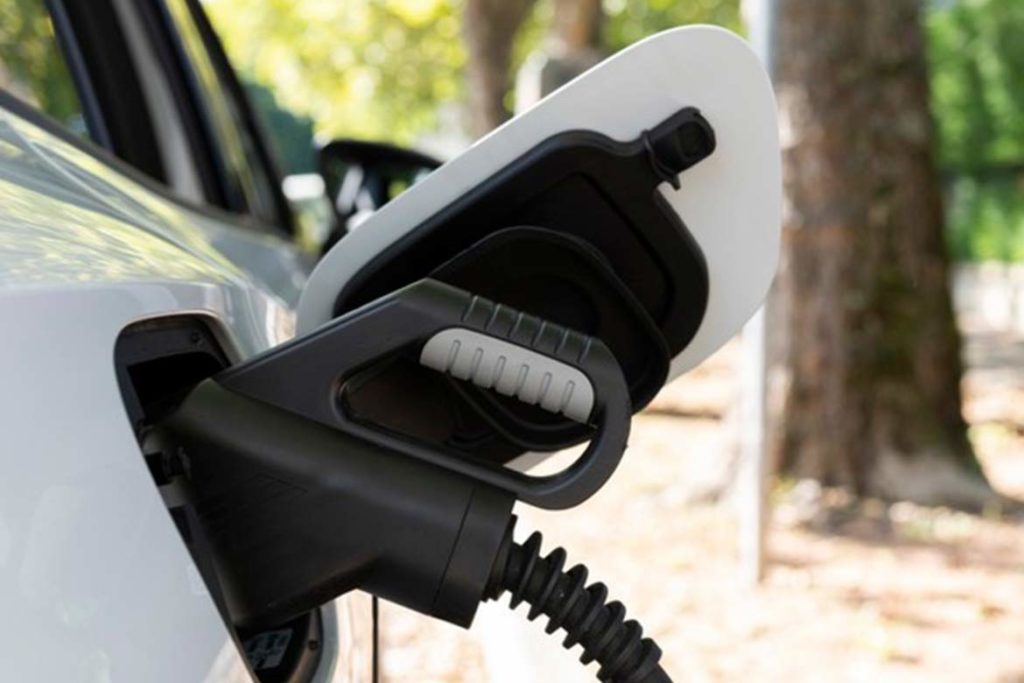
Apart from the above factors, several other things also make difference in charging.
Grid Capacity:
In densely populated areas with many EVs charging simultaneously, the local power grid’s capacity might become a limitation, causing slower charging speeds.
Charging Station Infrastructure:
The availability and capacity of charging stations play a crucial role in determining the convenience of EV charging. The lack of charging infrastructure can be a limiting factor in certain regions.
Charging Costs:
Different charging stations may have varying pricing models, including pay-per-use, subscription plans, or free charging. The cost of charging can influence an EV owner’s charging behavior.
What are the different types of charger plugs available?
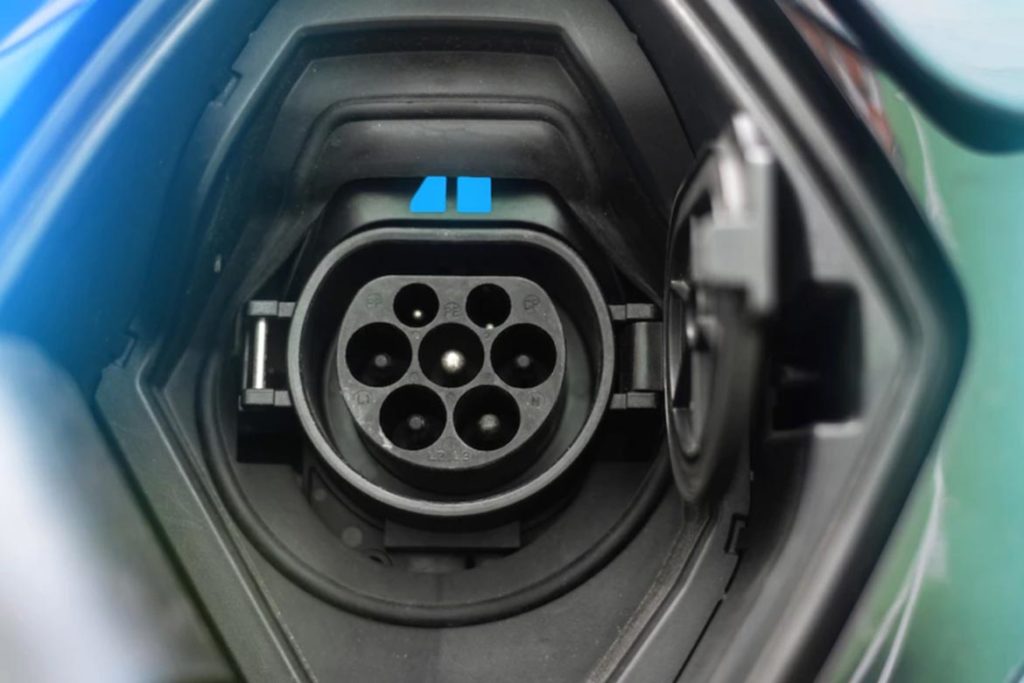
Type 1 (SAE J1772):
Commonly used in North America and Japan, Type 1 plugs have a standard 120V Level 1 connector and a 240V Level 2 connector. They are compatible with most EVs.
Type 2 (IEC 62196-2):
Type 2 plugs, also known as Mennekes plugs, are prevalent in Europe. They offer Level 2 charging with different power outputs and are compatible with most European EV models.
CCS (Combined Charging System):
CCS plugs combine Type 1 or Type 2 connectors with two additional DC fast charging pins. CCS allows for both AC and DC charging and is becoming increasingly popular worldwide.
CHAdeMO:
Developed in Japan, CHAdeMO plugs are used for fast DC charging and are prevalent among certain EV models, especially from Japanese manufacturers.
Conclusion:
Understanding the various ways to charge an EV, the speed variations during charging, and the different types of charger plugs available is vital for every EV owner. With this knowledge, EV owners can make informed decisions about charging their vehicles efficiently and responsibly, contributing to a cleaner and greener transportation future. As the EV charging infrastructure continues to expand and technology advances, the journey towards electric mobility becomes more accessible and sustainable for all.
Frequently Asked Questions (FAQs) about EV charging:
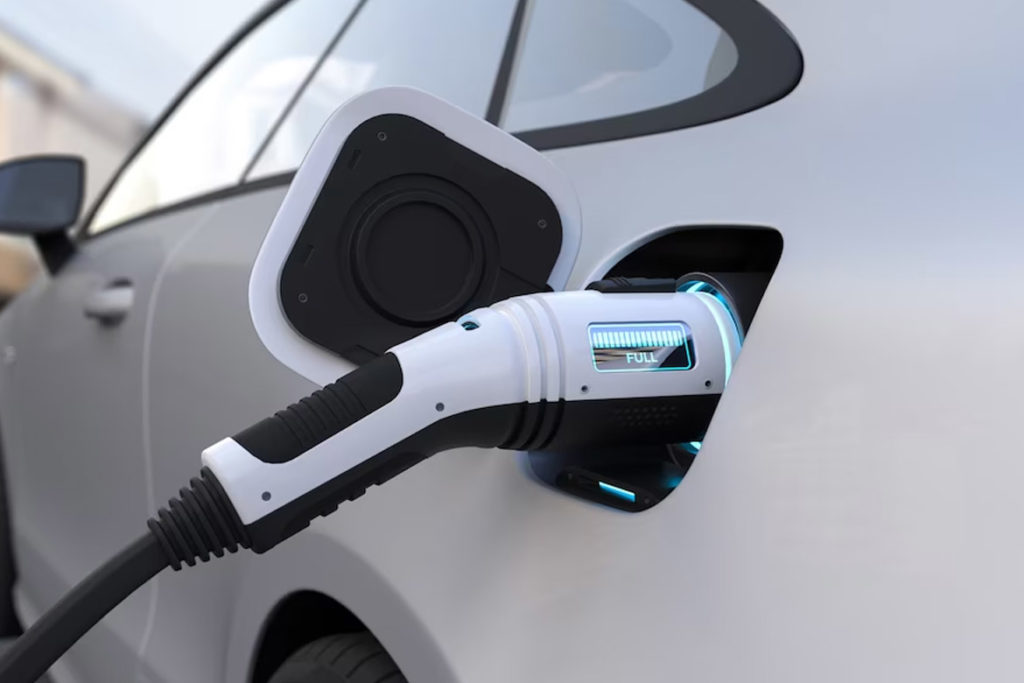
Read more: How to Buy A Used Electric Car? Look For These 4 Things
Q: How long does it take to charge an electric vehicle?
Answer: Charging times vary based on the charging method and the EV’s battery capacity. Level 1 charging can take 8-20 hours, Level 2 charging around 4-8 hours, and DC fast charging can provide 60-80 miles of range in about 20-30 minutes.
Q: Can I use a Level 2 charger at home?
Answer: Yes, you can install a Level 2 home charging station with a 240-volt outlet. It offers faster charging compared to a standard 120-volt household outlet (Level 1).
Q: Are all EVs compatible with all charging stations?
Answer: Most EVs are compatible with Level 1 and Level 2 chargers, but not all can use DC fast chargers. Some DC fast chargers, like Tesla Superchargers, are proprietary and only work with specific Tesla models.
Q : How much does it cost to charge an EV?
Answer: Charging costs depend on electricity rates and the EV’s battery size. On average, Level 1 and Level 2 charging are cheaper per mile compared to gasoline, while DC fast charging may be slightly more expensive due to its faster charging speeds.

